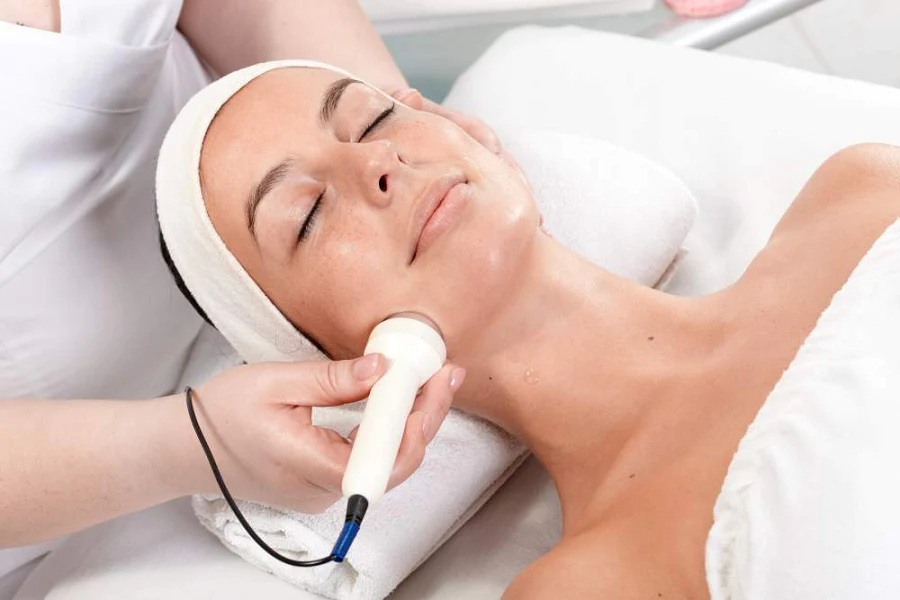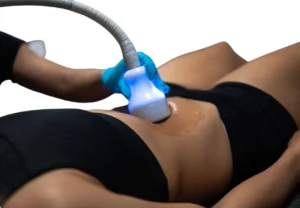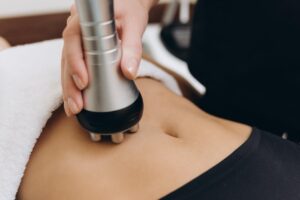In the pursuit of youthful, radiant skin, many individuals turn to skin tightening treatments to address concerns such as sagging, wrinkles, and loss of elasticity. In this comprehensive guide, we will unravel the mystery behind skin tightening procedures, exploring how they work and what you can expect from them.
Understanding Skin Tightening
Skin tightening treatments aim to improve skin laxity by stimulating collagen production, the protein responsible for maintaining skin’s firmness and elasticity. As we age, our bodies produce less collagen, leading to sagging skin and the formation of wrinkles. Skin tightening procedures utilize various technologies to boost collagen production, resulting in smoother, firmer skin.
How Skin Tightening Works
There are several methods used for skin tightening, each employing different technologies to achieve similar results:
Radiofrequency (RF) Therapy: RF therapy delivers controlled heat energy deep into the skin, stimulating collagen production and tightening the skin’s underlying layers. This non-invasive treatment is suitable for various areas of the body, including the face, neck, and body.
Ultrasound Therapy: Ultrasound therapy targets specific layers of the skin with focused ultrasound energy, triggering collagen regeneration and tissue tightening. This technique is often used to address moderate to severe skin laxity.
Laser Therapy: Laser skin tightening uses laser energy to penetrate the skin and stimulate collagen production. It can improve skin texture, reduce the appearance of wrinkles, and tighten loose skin without surgery.
Microneedling with Radiofrequency (RF Microneedling): This advanced treatment combines microneedling with RF energy to deliver heat deep into the skin’s layers, stimulating collagen production and tightening loose skin. It is effective for treating fine lines, wrinkles, and acne scars.
What to Expect
Before undergoing a skin tightening procedure, it’s essential to schedule a consultation with a qualified dermatologist or aesthetician. During this consultation, your provider will assess your skin condition, discuss your goals, and recommend the most suitable treatment option for you.
The procedure itself is typically well-tolerated, with minimal discomfort reported by most patients. Depending on the chosen method, you may experience sensations of warmth, tingling, or mild pressure during the treatment. Topical anesthesia or cooling methods may be used to enhance comfort during the procedure.
After the treatment, you may experience some temporary redness, swelling, or mild discomfort, which usually subsides within a few days. Results from skin tightening treatments are gradual and may continue to improve over several weeks as collagen production increases. Most patients achieve noticeable improvements in skin texture, firmness, and overall appearance.
Conclusion
Skin tightening treatments offer a safe, effective solution for addressing skin laxity and achieving a more youthful complexion. By stimulating collagen production and tightening loose skin, these innovative procedures can help you restore confidence in your appearance without the need for surgery or downtime. If you’re considering skin tightening, consult with a qualified provider to explore your options and embark on the journey to smoother, firmer skin.
Also Read: Saying Goodbye to Eye Bags: Exploring Eyelid Lift Options and Benefits







